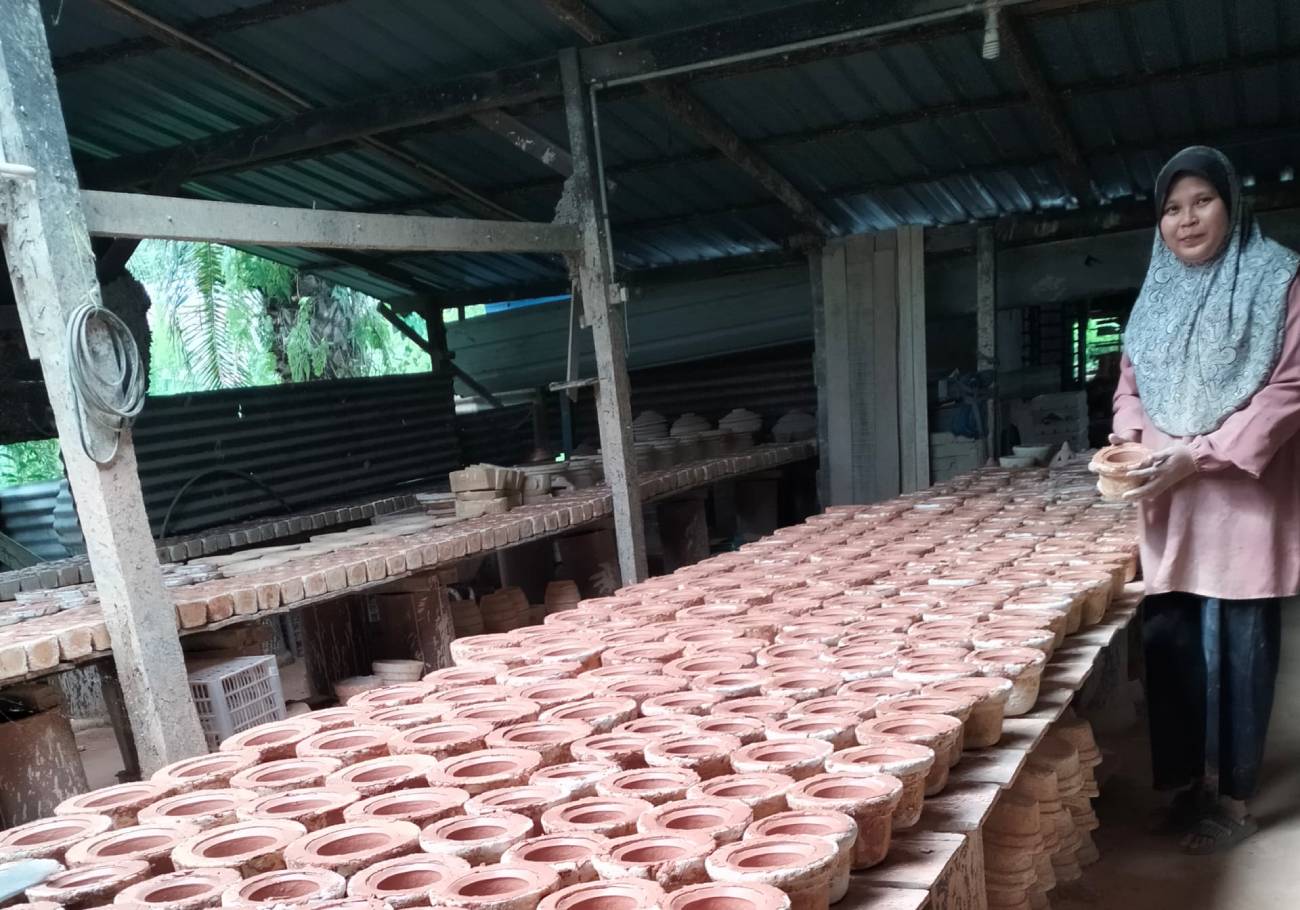
Clay pot making takes centre stage at the George Town Heritage Celebration (GTHC) 2025, as the Penang Hindu Association (PHA) showcases this ancient craft.
Visitors can engage in hands-on clay pot workshops, painting sessions, and explore traditional kitchenware, celebrating a cultural gem that promotes healthy cooking.
Held on 5 July at Jalan Kapitan Keling, the event highlights the health benefits and cultural significance of clay pots.
The PHA’s booth, marking its 10th year at GTHC, invites the public to rediscover this timeless tradition.
Clay pot making sparks cultural pride
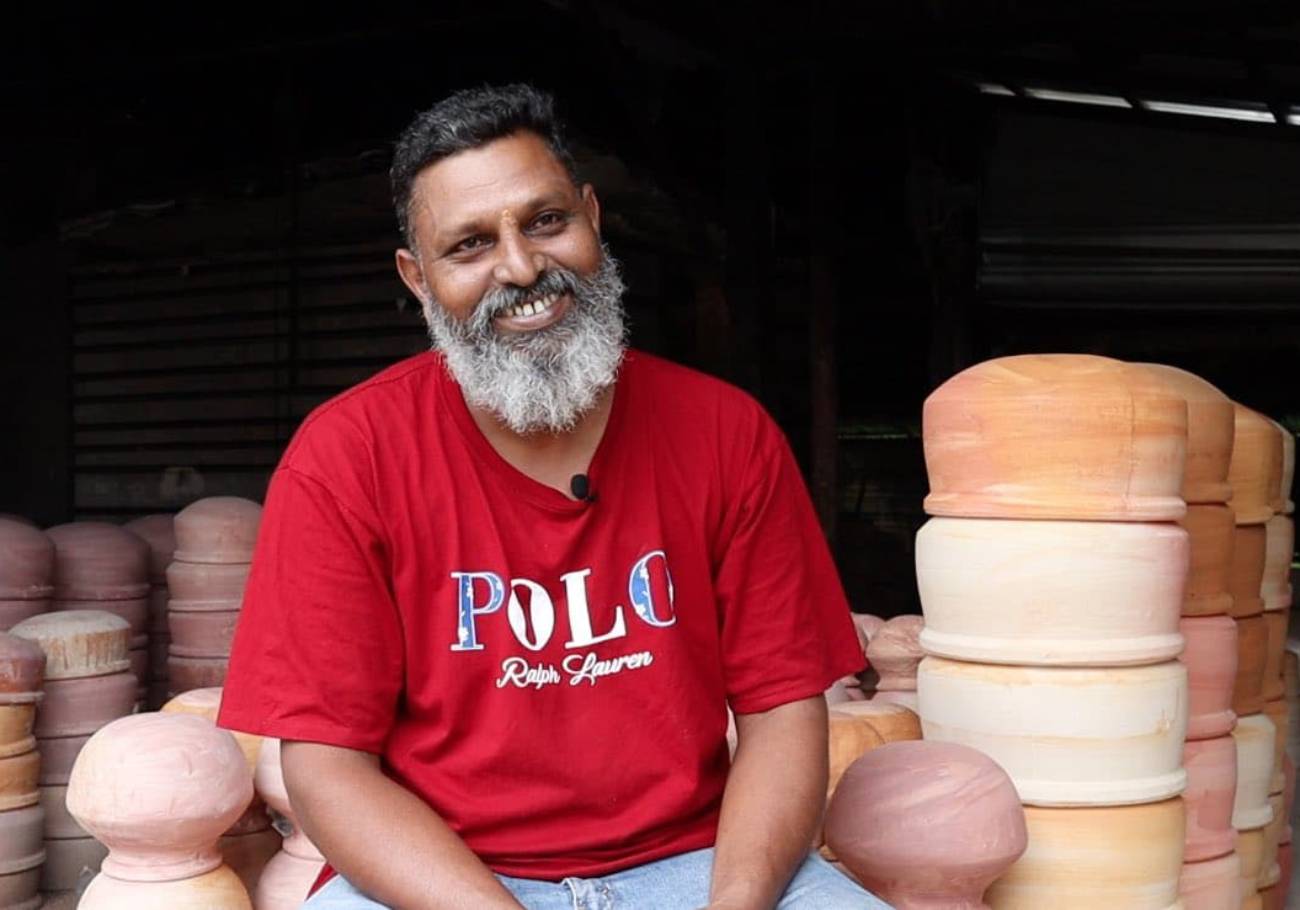
The PHA’s “Clay Festival: The Revival of Pottery Life” booth offers live clay pot workshops led by Reguraj Devaraj, managing director of K Devaraja Pottery.
“This is the 10th consecutive year we are participating in the GTHC,” said Dato’ P Murugiah, PHA president.
Visitors can craft and paint clay pots, guided by experts, and capture moments at a photo booth.
Reguraj, whose family business spans five generations, emphasized the health benefits of clay pots.
“They reduce oil in food by absorbing excess and lower bacterial growth risks,” he said.
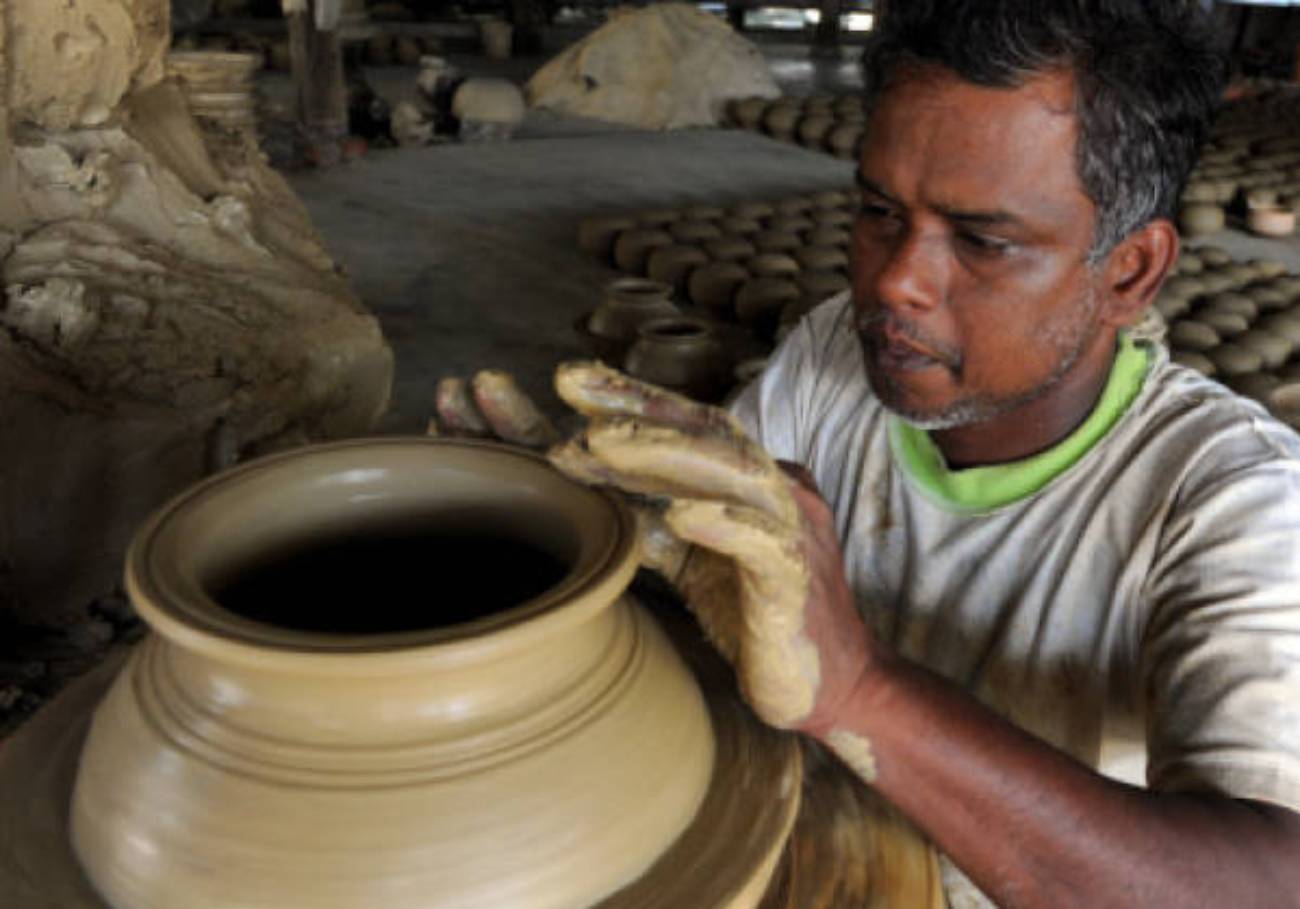
“These pots are a safe, natural choice for meals.” Additionally, clay pots, free of harmful chemicals like lead, deliver an earthy flavour.
The workshop demonstrates both traditional and modern techniques. Reguraj stressed preserving authenticity.
“The authentic way of making clay pots is important,” he said.
“Modern methods with chemicals change their form, purpose, and health benefits.”
His team aims to educate attendees on traditional practices.
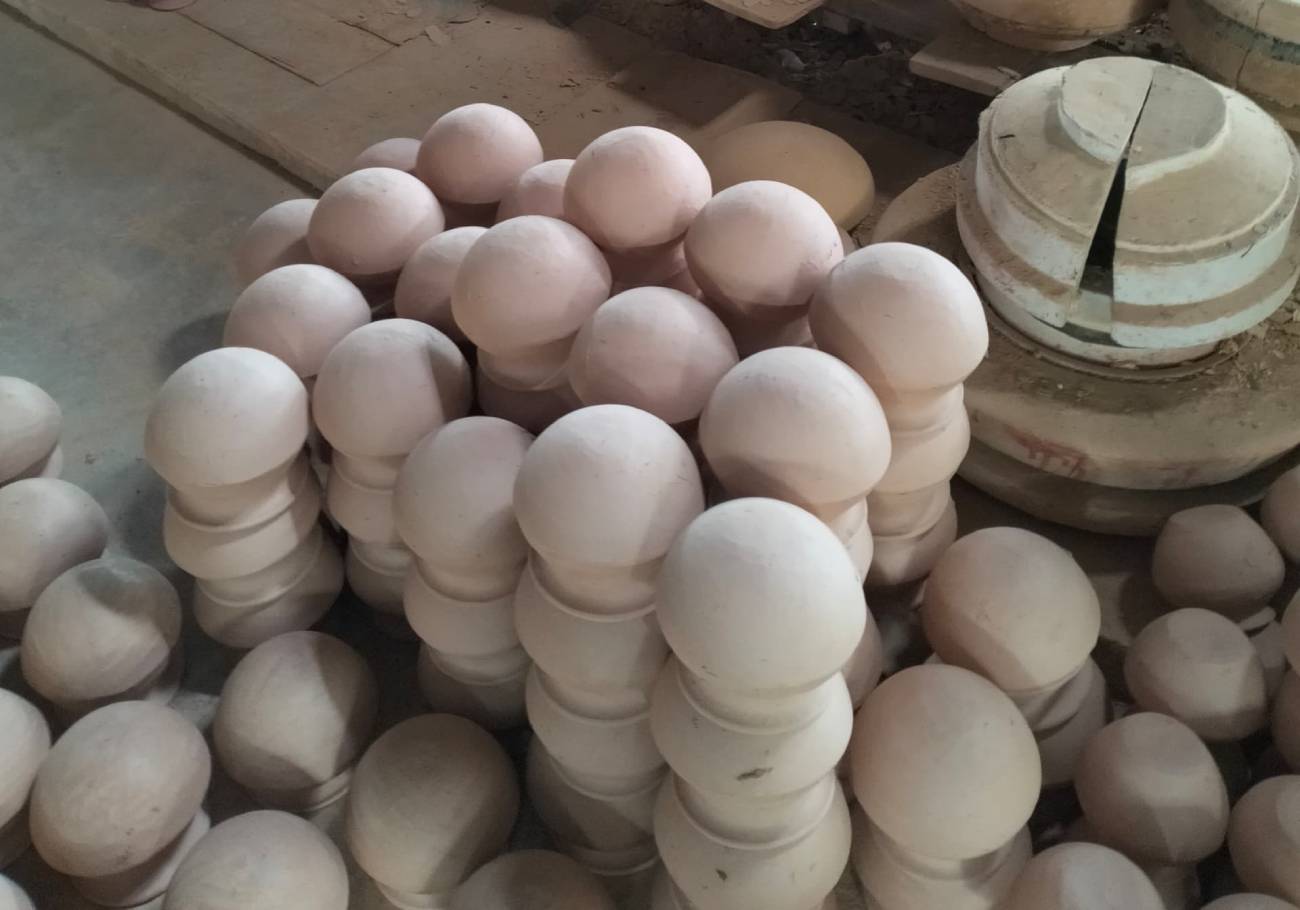
Moreover, the booth displays clay kitchenware, highlighting its historical role since the Indus Valley era.
Clay pots served for cooking, storage, and rituals, using natural elements like earth, water, air, and fire. This display connects modern audiences with ancient traditions.
The event also addresses misconceptions.
“New users worry about breakage or preparation,” Reguraj said.
“But most enjoy the authentic flavour clay pots bring.”
His passion drives efforts to keep this craft alive, especially among younger generations.
Preserving and embracing a cultural legacy
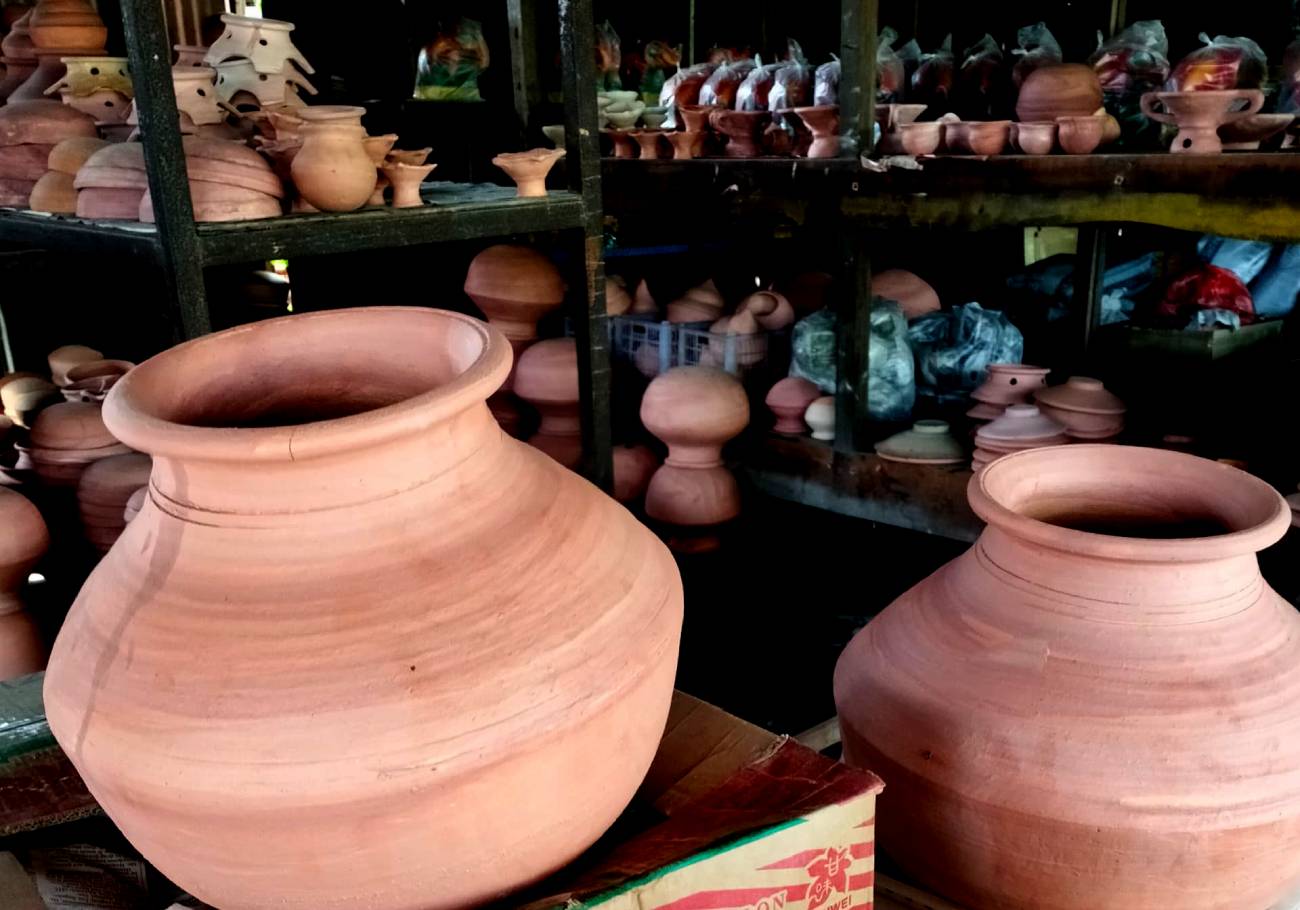
Clay pots, once a kitchen staple, have faded with the rise of non-stick cookware. Reguraj lamented this shift.
“They’re a forgotten gem,” he said.
“People should value them to keep cultural identity alive.”
His family, arriving in Malaya in the 19th century, built a legacy crafting clay pots and ghee lamps.
The GTHC event aims to change mindsets. Reguraj hopes clay pots gain recognition as a “rare cultural gem” for future generations.
“I’m not saying they must use clay pots daily, but they should appreciate their roots,” he added.
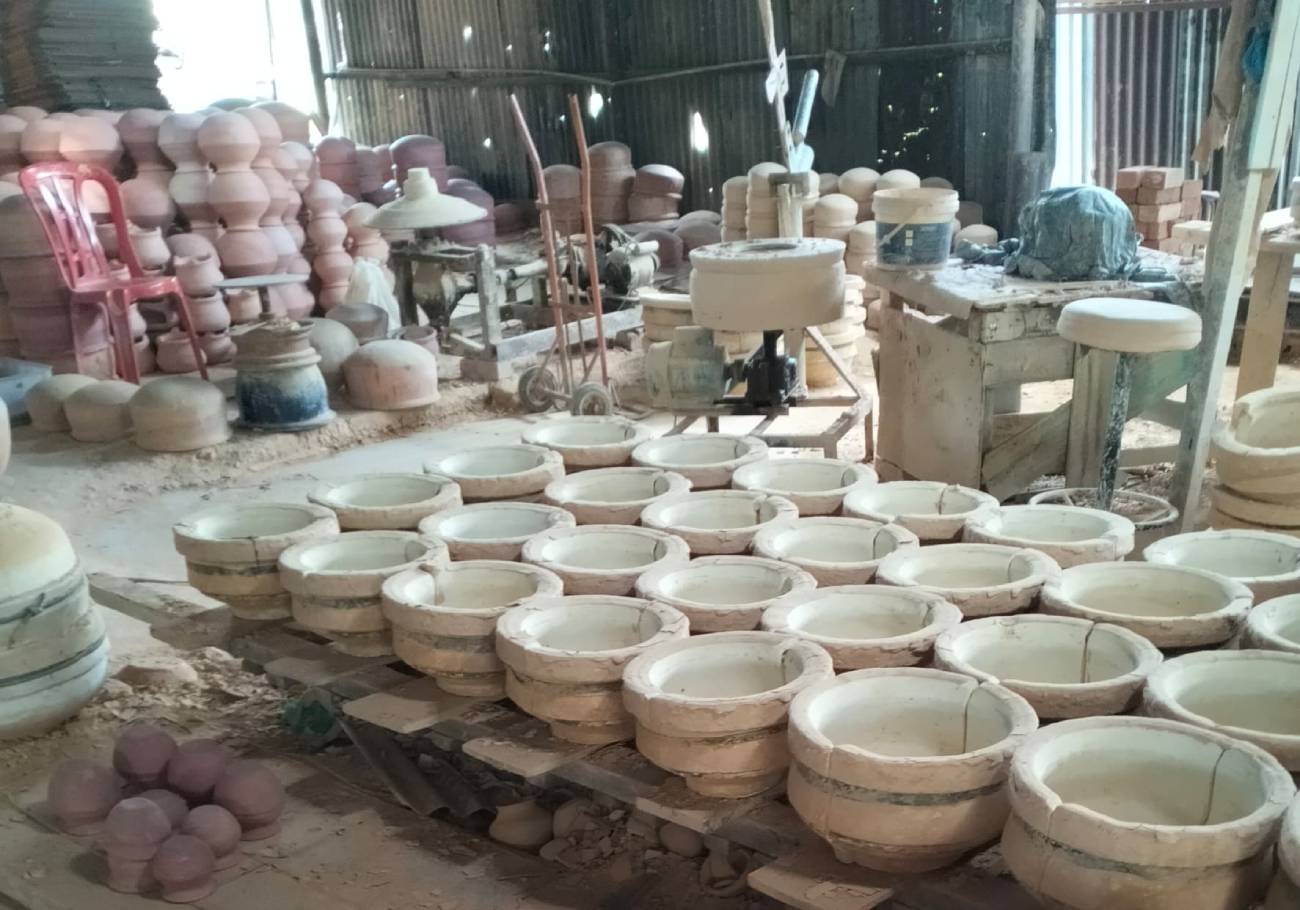
The PHA’s booth fosters this appreciation through interactive experiences.
Modern clay pot production often uses harmful chemicals to enhance durability, which Reguraj opposes.
“That’s not how it should be done,” he said, advocating for traditional methods to maintain health benefits.
His commitment ensures authenticity remains at the craft’s core.
Furthermore, the event strengthens community ties. By inviting the public to engage with clay pot making, the PHA bridges heritage and modernity.
Interested attendees can arrange follow-up sessions with experts, as Reguraj noted: “Guidance will be available to learn more.”
The George Town Heritage Celebration, set for 5 July from 5:00 PM to 10:00 PM, offers a chance to explore clay pot craftsmanship.
Contact Paranjothi at 012-5904329 or Dr Balasubramaniam at 012-4342536 for details. The PHA’s efforts ensure this ancient art thrives, blending health, culture, and community.
Join the celebration to craft, paint, and rediscover the timeless value of clay pots, preserving Penang’s rich heritage for future generations.








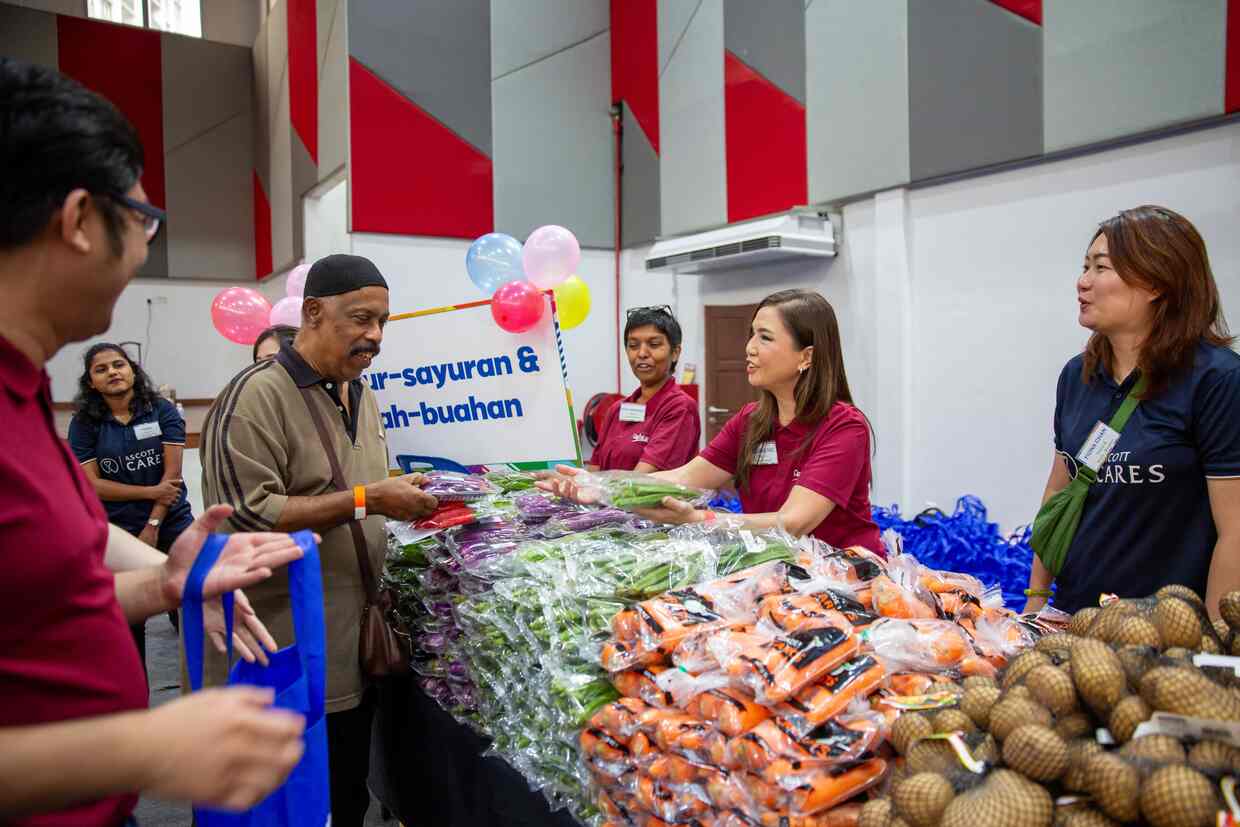



Add comment